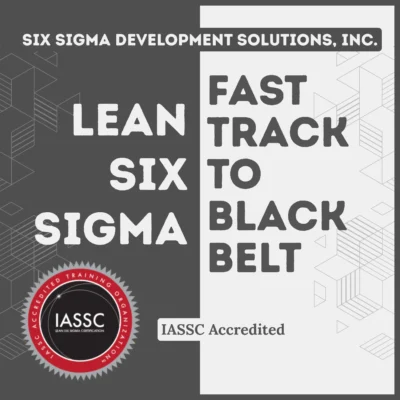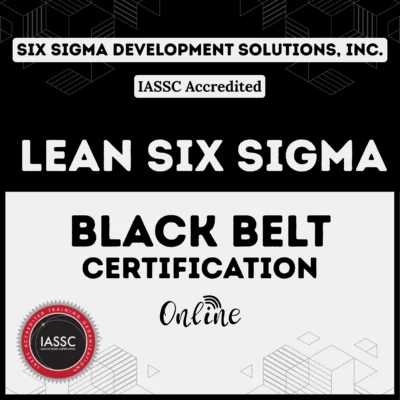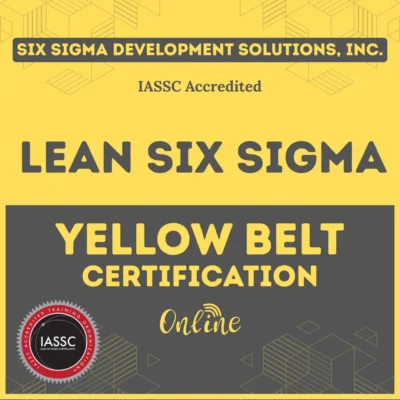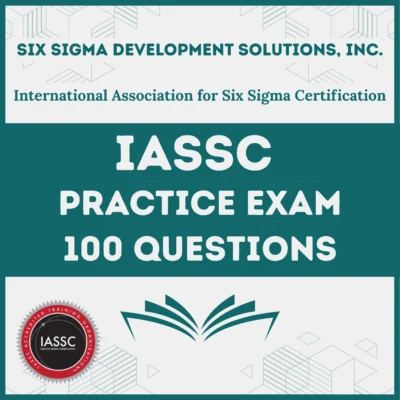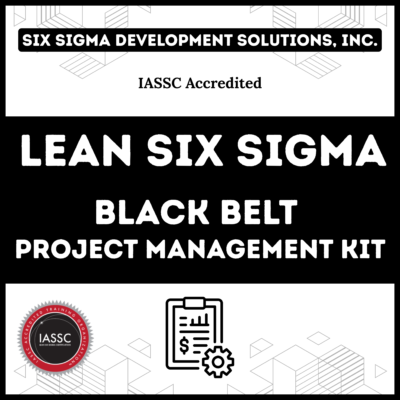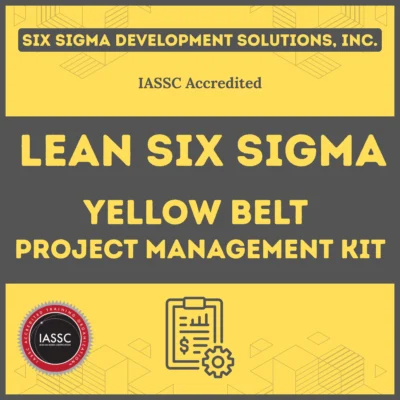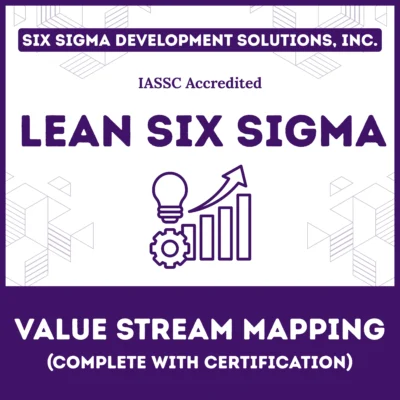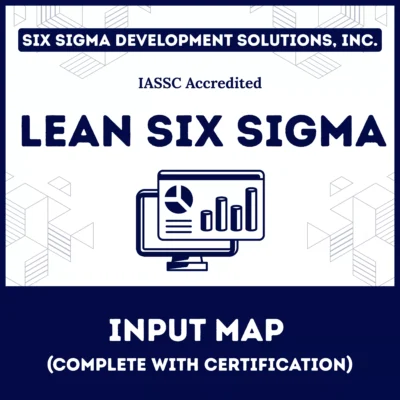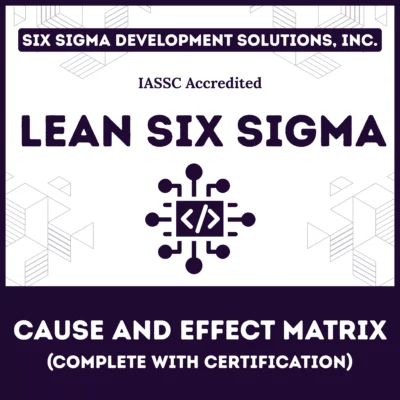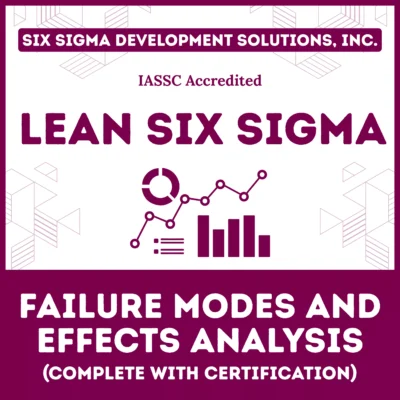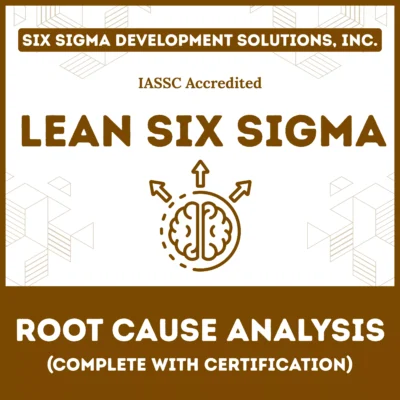At its core, PI planning stands for Program Increment planning, a cornerstone of SAFe that brings together multiple Agile teams, stakeholders, and leaders for a face-to-face (or virtual) alignment fest. Picture this: every 8 to 12 weeks, your entire ART gathers—not just to chat, but to forge a shared vision and commit to tangible outcomes.
Unlike ad-hoc meetings, this cadenced event ensures everyone rows in the same direction, matching demand to capacity while spotlighting risks early.
Table of contents
What is PI Planning?
Program Increment (PI) Planning, often called ‘PI planning’, stands as the heartbeat of modern agile organizations adopting scaled frameworks like SAFe (Scaled Agile Framework). If you’ve ever wondered, “What is PI planning?” or “How does PI planning fit into agile?”, this guide provides clear answers, demystifies processes, and delivers actionable steps for agile teams seeking predictable success.
PI Planning Meaning
PI Planning is a collaborative, cadence-driven Agile event designed for teams working within complex structures. At its core, PI planning brings multiple teams together, aligning them towards shared business objectives and a synchronized roadmap for the next Program Increment—a typical cycle lasting 8–12 weeks.
During this face-to-face event, cross-functional teams discuss goals, dependencies, risks, and backlog items, generating a unified plan and fostering transparency throughout development cycles.
Transitioning into scaled agile frameworks, PI planning surpasses the limitations of isolated sprint planning, facilitating broader coordination across Agile Release Trains (ARTs). Here, “PI” stands for Program Increment, representing a timeboxed period during which a set of features is built, integrated, and delivered.
Public, Onsite, Virtual, and Online Six Sigma Certification Training!
- We are accredited by the IASSC.
- Live Public Training at 52 Sites.
- Live Virtual Training.
- Onsite Training (at your organization).
- Interactive Online (self-paced) training,
Why PI Planning Matters in Agile Organizations?
In the fast‑paced world of agile business planning, alignment and predictability are essential. PI planning answers those needs by offering:
- Unified Vision: All stakeholders and teams gain clarity on program objectives, reducing misunderstandings in execution.
- Roadmap Visualization: Teams co-create a strategic release plan, using tools like the PI planning board and ART planning board.
- Accelerated Delivery: Synchronized sprint planning propels faster cycles from idea to value.
The entire event cultivates transparency, trust, and improved communication—a core benefit of agile PI planning over traditional project management.
PI Planning in Agile vs. Sprint Planning
Understanding the difference between PI planning and sprint planning is key to navigating agile landscapes. While sprint planning targets short-term, team-focused iterations (typically 1–4 weeks), PI planning addresses wider program goals and multi-team collaboration across Agile Release Trains.
| Aspect | PI Planning | Sprint Planning |
| Scope | Multi-team, program-level | Single team, iteration-level |
| Timeframe | 8–12 weeks (Program Increment) | 1–4 weeks (Sprint) |
| Focus | Strategy, dependencies, milestones | Day-to-day tasks |
| Output | PI Plan, program board, confidence vote | Sprint backlog |
This elevated approach helps organizations anticipate dependencies, resolve bottlenecks, and prepare for smoother agile release planning.
Also Read: Contingency Planning
Scaled Agile Framework (SAFe) PI Planning
SAFe PI planning represents one of the hallmark events in the Scaled Agile Framework (SAFe). Organized at the start of each Program Increment, the event connects business owners, product management, scrum masters, release train engineers, and development teams in synchronizing strategy and delivery. The SAFe PI planning event answers:
- What are the business priorities for the next PI?
- How will features and capabilities be delivered?
- What dependencies and risks must be managed?
The process includes critical milestones: reviewing business context, vision setting, roadmap presentation, team breakouts, risk management (including ROAM—Resolved, Owned, Accepted, Mitigated), and confidence voting.
PI Planning Agenda – What Happens Step-by-Step
A typical PI planning agenda spans two days (occasionally more for distributed teams) and follows a structured rhythm:
Day 1
- Business Context & Vision: Executives and product managers present market drivers, recent releases, and priorities.
- Roadmap & ART Goals: Release Train Engineers (RTEs) and product teams show long-range plans and the upcoming PI’s goals.
- Team Breakouts: Scrum teams estimate capacity, plan iterations, identify dependencies, and draft initial objectives using the PI planning template.
- Dependency Mapping: Using the PI planning board, teams visualize interconnected work for the increment.
Day 2
- Management Review: Leaders refine strategies and align resources.
- Team Finalization: Finalize PI plans, adjust for new risks and dependencies.
- Confidence Vote: All participants rate their confidence in the plan—a practice unique to PI planning agile events.
- Risk Assessment (ROAM): Teams use the ROAM model to categorize risks—Resolved, Owned, Accepted, Mitigated—ensuring clarity.
- Program Board Review: The ART planning board captures all dependencies and key delivery milestones for the increment.
Transitioning from daily scrums, PI planning goes deeper—integrating Agile sprint planning with business objectives, dependency management, and agile release planning.
Key Elements in PI Planning Agile
Is PI planning more than a meeting? Absolutely. It’s a sophisticated process, incorporating:
- Program Increment Definition: Determining what features and capabilities will be delivered.
- Agile PI Goals: Team-level and program-wide goals aligned with business priorities.
- Remote PI Planning: The rise of distributed teams necessitates digital PI planning software (like piplanning.io) to streamline collaboration and planning boards.
- ROAM Risks: The risk management method used during PI planning to resolve or clarify uncertainties.
Also Read: 8 Pillars of Total Productive Maintenance (TPM)
PI Planning Template and Software Tools
With remote work surging and global teams collaborating, digital PI planning templates and platforms are key. Tools like piplanning.io and the PI planning board enable teams to:
- Visualize plans and dependencies in real time.
- Modify plans as priorities shift.
- Facilitate remote PI planning for distributed teams.
- Maintain program transparency and traceability.
Leveraging such software ensures that all stakeholders, regardless of location, have visibility and can actively participate in scaled agile PI planning.
What is One Benefit of PI Planning?
Among many advantages, the chief benefit is alignment across all levels of the organization. PI planning brings together stakeholders from business, development, and operations, ensuring everyone is focused on delivering the right value at the right time. This fosters trust, accountability, and a clear view of the agile release plan.
PI Planning in Agile Release Trains
A major event in the Agile Release Train, PI planning unites multiple agile teams who form the ART. It transforms potentially chaotic development cycles into ordered, transparent, and strategic plans using scaled agile framework PI planning principles.
Key outputs from PI planning include:
- A solid PI plan that defines objectives for each team and for the ART.
- A program board that visualizes cross-team dependencies and important milestones.
- Commitment through confidence votes, forging buy-in from every contributor.
Confidence Voting and ROAM Risks in PI Planning
Two distinctive activities in PI planning are:
- Confidence Vote: At the end of planning, all team members rate their confidence in the PI plan’s feasibility. If confidence is low, teams discuss concerns, clarify dependencies, and adjust as needed.
- ROAM Risk Management: PI planning employs the ROAM approach to handle risks:
- Resolved: Fully addressed.
- Owned: Assigned to someone.
- Accepted: Impact is understood and deemed acceptable.
- Mitigated: Steps taken to reduce risk.
Both improve transparency and protect against surprises during the increment.
Best Practices For Effective PI Planning
To ensure PI planning delivers real business value, organizations can follow these best practices:
- Prepare thoroughly: Ensure all leaders and teams understand business priorities and backlogs before the event.
- Choose the right PI planning software: Facilitate seamless remote collaboration and real-time updates via tools like piplanning.io and interactive program boards.
- Foster open communication: Make strategic use of breakout sessions and group activities.
- Visualize all dependencies: Use ART planning boards to track cross-team bottlenecks and required resources.
- Embrace feedback: Use confidence voting and post-planning retrospectives for continuous improvement.
Frequently Asked Questions About PI Planning
What does PI stand for in Agile?
In agile, “PI” stands for Program Increment—a timeboxed period (typically 8–12 weeks) during which planned features and capabilities are completed by ART teams.
What is PI planning in Agile?
PI planning in agile is a large-scale, structured event that aligns multiple teams around shared objectives, enabling two to three months of focused, strategic development.
How does PI planning differ from sprint planning?
PI planning is program-level and multi-team, while sprint planning is team-specific and iteration-focused. PI planning produces a strategic roadmap; sprints execute the details.
What’s the purpose of the program board in PI planning?
The program board visualizes dependencies, milestones, and delivery timings, ensuring all teams and stakeholders have a clear view of the roadmap.
What is the ROAM risk model?
ROAM stands for Resolved, Owned, Accepted, Mitigated—a risk classification framework that helps agile teams clarify and track risks during PI planning.
Can PI planning be remote?
Yes, remote PI planning uses platforms like piplanning.io to maintain collaboration, visibility, and momentum even when teams aren’t co-located.
What is one benefit of PI planning?
Improved alignment and transparency at all organizational levels, leading to better outcomes, greater trust, and faster delivery.
Final Words
Mastering PI planning is one of the best ways organizations can scale agile delivery and enable business agility. Whether working in person or remotely, PI planning gives teams the structure, clarity, and mutual commitment essential for delivering high-value increments.

About Six Sigma Development Solutions, Inc.
Six Sigma Development Solutions, Inc. offers onsite, public, and virtual Lean Six Sigma certification training. We are an Accredited Training Organization by the IASSC (International Association of Six Sigma Certification). We offer Lean Six Sigma Green Belt, Black Belt, and Yellow Belt, as well as LEAN certifications.
Book a Call and Let us know how we can help meet your training needs.





